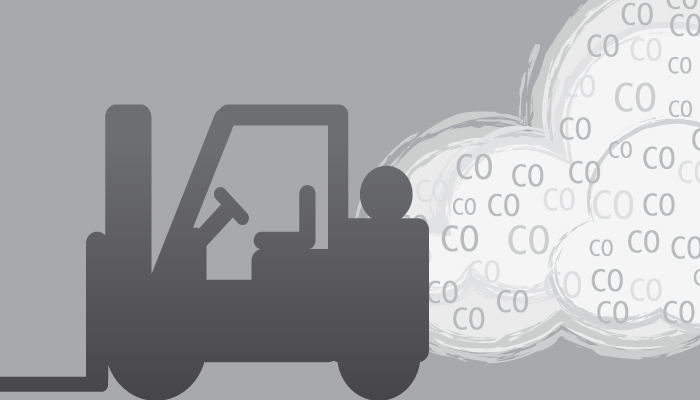We use cookies to make your experience better. To comply with the new e-Privacy directive, we need to ask for your consent to set the cookies. Learn more.
What Type of Forklift is Right for Your Warehouse?
When it’s time to build a forklift fleet, start by choosing the right power source. The choice between electric and internal-combustion (IC) trucks is not just an issue of expense. It's also crucial to running a safe business.
That's because internal combustion engines — whether they're powered by diesel or by propane — emit carbon monoxide. This dangerous gas can accumulate in enclosed areas, poisoning anyone in the vicinity.

The Washington State Department of Labor and Industries is very clear about the types of warehouses that should only use electric forklifts. This state agency’s list of electric-only areas includes:
- Cold storage warehouses.
- Controlled atmosphere rooms within larger warehouses.
- Trailers, containers, and other small enclosed areas.
- Rooms without robust ventilation.
- Indoor material handling applications.
Essentially, if you operate an indoor warehouse, you should opt for electric forklifts. They remove the risk of carbon monoxide poisoning without adding significant costs.
In fact, the operating cost of an electric fleet is usually much lower than that of internal-combustion trucks. The initial cost of going electric might be slightly higher, but most operations make up the difference quickly through these lowered operating costs.
Here's just one example: A Yakima, Washington-based material handling firm tracked the costs of operating each forklift in the fleet both before and after switching from IC to electric power. They found that the cost of running an electric forklift for one hour was $0.73 less than that of the liquid-propane powered truck.
Over the course of 10,000 hours of operation, then, the electric truck provided savings of $7,300. That should be more than enough to make up for the initial price difference.
Protecting Warehouse Stock with Electric Forklifts
There's another reason that electric forklifts have been gaining more and more market share in the past few decades. (Currently, about 65 percent of forklift fleets are electric, reports the trade journal "Beverage Industry”).
Engine exhaust can taint products, particularly in food and beverage storage applications. Because of the lack of emissions in electric forklifts, most warehouses that store consumables made the switch to electric long ago.
So why do manufacturers continue to produce liquid propane and diesel-powered trucks? There are applications in which an IC truck provides the best service. Outdoor construction projects might benefit from the higher top speed of an IC forklift, for instance.
Essentially, though, if your facility has four walls and a roof, you'll want to opt for the electric forklift fleet. Every type of forklift has its own advantages, but electricity is right for most warehousing applications.
References:
Cernivec, Stephanie. "Forklifts help lighten the load." BevIndustry. BNP Media, 16 Sept. 2016. Web. 1 Nov. 2016.
"Powered Industrial Trucks (Forklift), Understanding the Workplace: Enclosed and Hazardous Areas." OSHA. Occupational Safety & Health Administration, United States Department of Labor.
"Prevent Carbon Monoxide Poisoning from Forklifts." Wa.gov. Washington State Department of Labor & Industries, October 2009. Web. 1 Nov. 2016.
